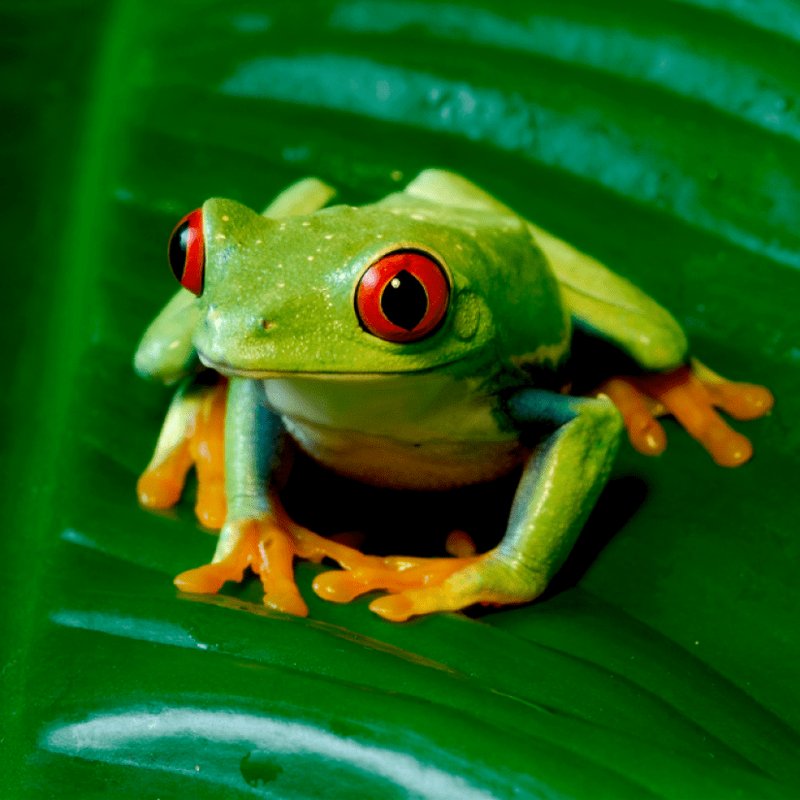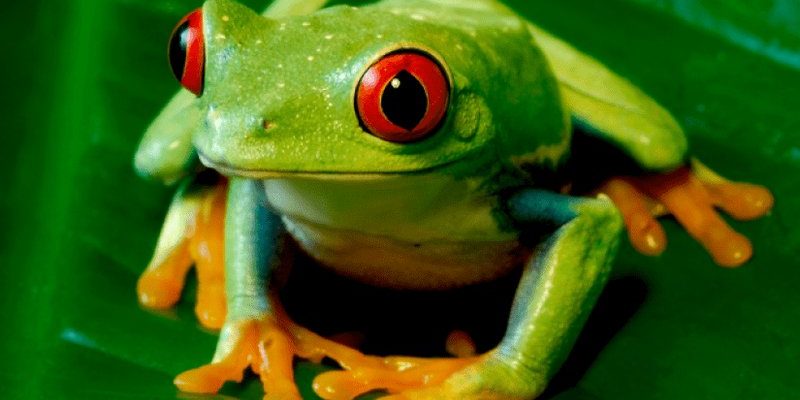
You might be wondering why this earthworm is so special. Well, the Giant Palouse Earthworm is one of the largest earthworm species, reaching lengths of up to three feet! It’s like the gentle giant of the soil, playing a critical role in the ecosystem. So, let’s dig into the details of its habitat preferences and learn about the conditions that allow this earthworm to thrive.
What Makes the Palouse Region Ideal?
The Palouse region is known for its deep, rich soils that are perfect for agriculture. But these soils also provide a home for the Giant Palouse Earthworm. They prefer loamy soil, enriched with organic material, which offers the perfect balance of moisture and drainage. This kind of soil allows them to burrow deep, where they can find the nutrients they need without being easily disturbed.
In addition to soil type, the climate plays a crucial role. The Palouse has a semi-arid climate, with hot summers and cold winters. The earthworm thrives in these conditions, as they can retreat deeper into the soil during extreme temperatures, effectively avoiding threats from harsh weather, predators, and even drought.
Moreover, the presence of native vegetation helps create the ideal habitat. Plants like grasses and shrubs provide shade and support a delicate underground ecosystem, which is vital for the earthworm’s survival. When these plants flourish, they contribute to the soil’s organic matter, which the Giant Palouse Earthworm relies on for nutrition.
Soil Composition and Moisture Levels
When it comes to soil composition, the Giant Palouse Earthworm is picky. Moisture levels are crucial; they thrive in areas where the soil retains moisture without becoming waterlogged. Think of it like finding the right balance in a recipe—too much or too little can ruin the dish.
Research suggests that this earthworm prefers areas with a higher organic content, which is typically found in undisturbed grasslands. Without enough moisture, earthworms can’t move freely or reproduce effectively. They also use moisture to help regulate their body temperature and avoid dehydration, which makes them quite sensitive to changes in their environment.
Interestingly, irrigation and farming practices in the Palouse have affected their habitat. While crops can initially seem beneficial, they often disturb the soil structure and moisture levels. This disruption can make it harder for the Giant Palouse Earthworm to thrive.
The Importance of Vegetation Cover
Vegetation cover is like a cozy blanket for the Giant Palouse Earthworm. It provides protection and creates a stable environment. The earthworm benefits from the shade of native plants, which helps regulate soil temperature and moisture. Without this cover, the soil can become too hot during summer or too cold in winter, making it less hospitable.
Moreover, roots from plants help aerate the soil, which is essential for the earthworm’s movement. Think of roots as little highways that allow the earthworm to travel through its habitat easily. These roots also help maintain soil structure, preventing erosion and ensuring that the earthworm’s home remains intact.
Conversely, areas that have been heavily disturbed by human activity—like construction or intensive farming—often lack the vegetation cover necessary for the Giant Palouse Earthworm to survive. This disruption can lead to a decline in earthworm populations, which is why conservation efforts are critical in maintaining their habitat.
Threats to Their Habitat
Sadly, the habitat of the Giant Palouse Earthworm is under threat from several fronts. Urban development has led to the loss of natural landscapes, which directly impacts the worm’s ability to thrive. As more land is converted for human use, the undisturbed environments that the earthworm needs are disappearing.
Another major threat comes from agricultural practices. While farming is vital for food production, it can disrupt the soil composition. Pesticides and fertilizers can harm the delicate balance of the ecosystem, affecting not just the Giant Palouse Earthworm but many other organisms that share its habitat.
Additionally, climate change poses a significant challenge. Changes in precipitation patterns can lead to drought or flooding, both of which can be detrimental to the earthworm’s moist habitat. As weather extremes become more common, these earthworms may find it increasingly difficult to survive in their once-favorable conditions.
Conservation Efforts and Future Outlook
Fortunately, there are ongoing conservation efforts aimed at protecting the Giant Palouse Earthworm and its habitat. Land trusts and local organizations are working to preserve natural areas and support sustainable farming practices. This includes promoting organic farming, which can help reduce harmful pesticides and improve soil health.
Community awareness is also essential. By educating locals about the importance of the Giant Palouse Earthworm and the ecosystems they support, we can foster a sense of stewardship. This means encouraging people to take action, whether by supporting conservation initiatives or even creating worm-friendly gardens that mimic their natural habitat.
The future of the Giant Palouse Earthworm depends on our collective actions. If we can balance human needs with ecological preservation, we might just provide a way for this unique species to continue thriving in the wild for generations to come.
The habitat preferences of the Giant Palouse Earthworm remind us just how interconnected ecosystems can be. From the right soil composition and moisture levels to the necessity of vegetation cover, every element plays a crucial role in their survival. By recognizing the threats they face and supporting conservation efforts, we can help ensure that these gentle giants of the soil continue to enrich the Palouse region.
As we enjoy the beauty of this landscape, it’s essential to appreciate the hidden wonders beneath our feet. The Giant Palouse Earthworm may be small in size, but its impact on the ecosystem is significant. Let’s work together to protect their habitat and the delicate balance of nature that supports this remarkable creature.

